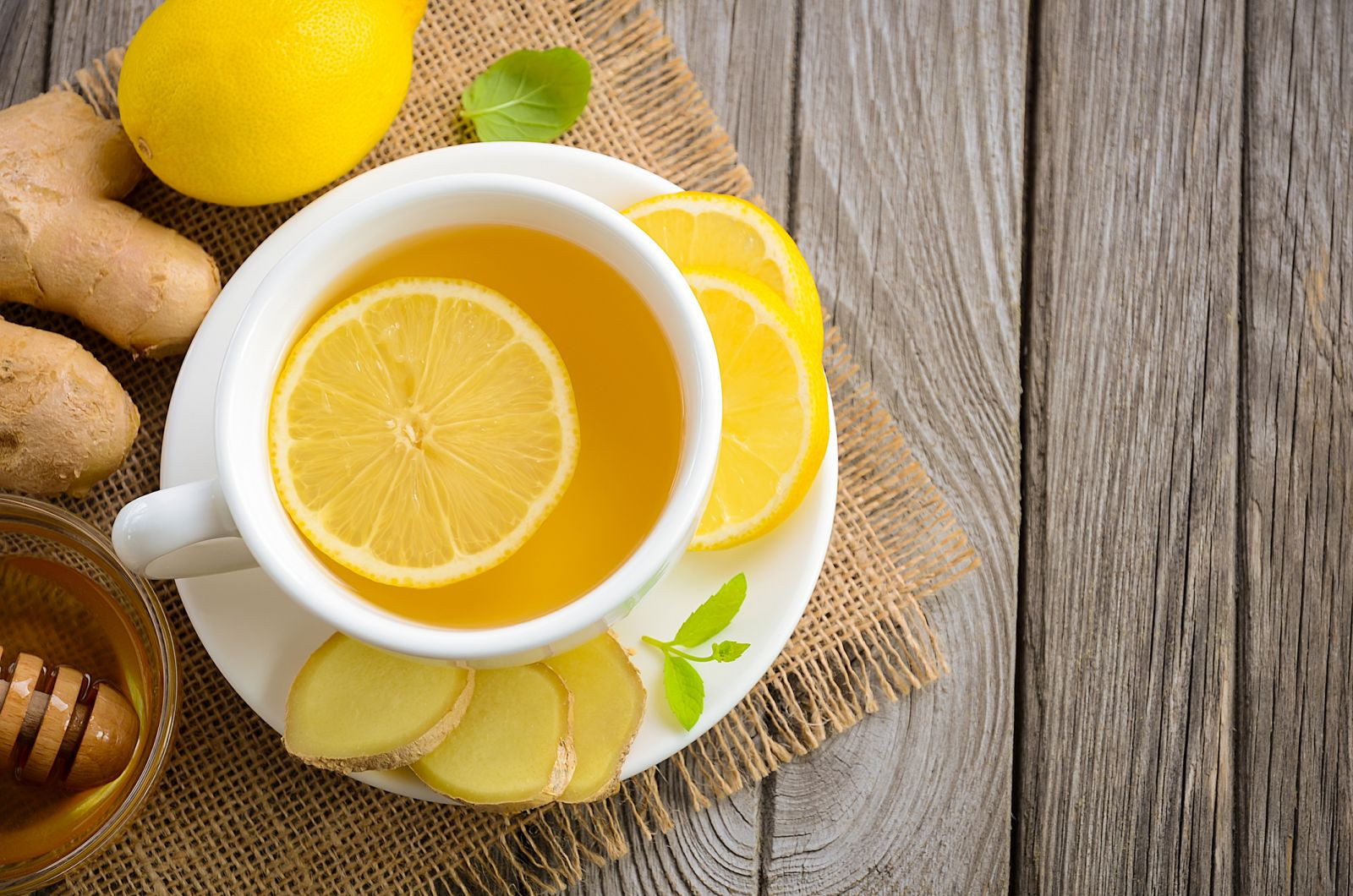
Many people notice their symptoms rise with seasonal changes or household triggers. Sneezing becomes constant. Eyes itch. Breathing feels slightly labored. These changes may not need emergency care, but they interrupt sleep, focus, and daily routine. Instead of medication, some turn to natural remedies. Not as a cure, but as a way to soften the edges of discomfort. Timing and consistency make a difference.
Rinsing nasal passages with saline can reduce irritants caught in the upper airway
Rinsing nasal passages with saline can reduce irritants caught in the upper airway. Pollen, dust, or pet dander linger in mucus. A simple saltwater rinse clears these particles. It doesn’t block histamines, but it prevents build-up. Regular use—especially before sleep—helps some people breathe easier. The key is gentle flow, not force. Overuse can dry tissue, so balance becomes part of the routine.
Steam can help loosen congestion but only offers short-lived comfort
Steam can help loosen congestion but only offers short-lived comfort. It doesn’t remove allergens. But it opens nasal passages and relaxes tight muscles. Some people add herbs like eucalyptus or chamomile. Others use plain water. The effect depends on timing. Steam just before sleep may allow deeper rest. Morning use clears overnight buildup. It doesn’t solve the root issue, but for many, relief—even short—is enough.
Butterbur may reduce nasal swelling through natural anti-inflammatory properties
Butterbur may reduce nasal swelling through natural anti-inflammatory properties. Extracted from a plant root, this compound acts differently from antihistamines. It targets inflammation, not immune response. Some studies suggest benefit in allergic rhinitis. Not all butterbur is safe—unprocessed forms contain harmful alkaloids. Look for purified versions marked PA-free. Like any supplement, talk with a professional before adding it to your routine.
Quercetin helps stabilize mast cells, possibly lowering histamine release
Quercetin helps stabilize mast cells, possibly lowering histamine release. Found in apples, onions, and berries, it’s both food and supplement. It works slowly. Benefits build over weeks, not hours. Some use it seasonally. Others take it year-round. It doesn’t block reactions but may reduce their intensity. Timing matters. Taken too late, it may offer little. Used consistently, some report milder responses to familiar triggers.
Nettle leaf is sometimes used to reduce sneezing and itchy eyes
Nettle leaf is sometimes used to reduce sneezing and itchy eyes. Known for its sting when raw, dried nettle behaves differently. It’s available as tea, capsule, or tincture. The mechanism isn’t fully understood, but some report fewer symptoms. It may work by reducing inflammation or binding histamines. Like most natural options, results vary. Still, its mild profile makes it worth considering for some.
Raw local honey may help some people through gradual exposure to pollen
Raw local honey may help some people through gradual exposure to pollen. The idea mirrors immunotherapy. Tiny pollen amounts present in honey might desensitize the immune system. This theory lacks broad scientific support, but anecdotal users insist on benefit. Consistency is crucial. One spoonful won’t shift immunity. Months of use may. Results remain debated, but the risk is low for most non-allergic individuals.
HEPA filters and regular dusting lower exposure, making natural methods more effective
HEPA filters and regular dusting lower exposure, making natural methods more effective. Remedies can’t help if triggers remain constant. Dust mites, pet dander, and mold need removal, not masking. Cleaning the environment strengthens the body’s response. Some combine filters with salt lamps or air-purifying plants. No method works alone. Together, they reduce the burden on already sensitive systems.
Some people find acupuncture helpful when symptoms cluster behind the eyes or in the chest
Some people find acupuncture helpful when symptoms cluster behind the eyes or in the chest. It doesn’t block allergens. But it may rebalance nervous system responses. Practitioners focus on sinus points or lung meridians. Sessions may start weekly. Over time, frequency drops. Relief comes subtly. Fewer flare-ups. Softer congestion. Shorter duration. Not all notice change—but for others, needles calm storms medicine cannot.
Probiotics might regulate immune responses by supporting gut balance
Probiotics might regulate immune responses by supporting gut balance. Allergies involve more than sinuses. The gut and immune system share constant conversation. When that balance shifts, reactions spike. Certain strains—like Lactobacillus rhamnosus—may support immune tolerance. Results differ based on strain, dose, and individual biology. Effects aren’t immediate. Months may pass before the difference is felt.
Essential oils like peppermint or lavender may offer momentary comfort
Essential oils like peppermint or lavender may offer momentary comfort. Diffused in the air or diluted on skin, their benefits aren’t chemical—they’re sensory. The smell distracts. The cooling or calming effect offers pause. They don’t alter immune function. Still, for many, ritual matters. Breathing peppermint before sleep becomes a cue for rest. Not because it cures—but because it soothes.
Not all remedies will work for every allergy profile or trigger
Not all remedies will work for every allergy profile or trigger. One person reacts to pollen. Another to dust. A third to cats. Each system behaves differently. What calms one may worsen another. That’s why natural approaches require observation. Try one change. Wait. Track the result. Avoid combining too much at once. Like any care plan, success depends on precision, not enthusiasm.
Source: Allergy in Dubai / Allergy in Abu Dhabi
